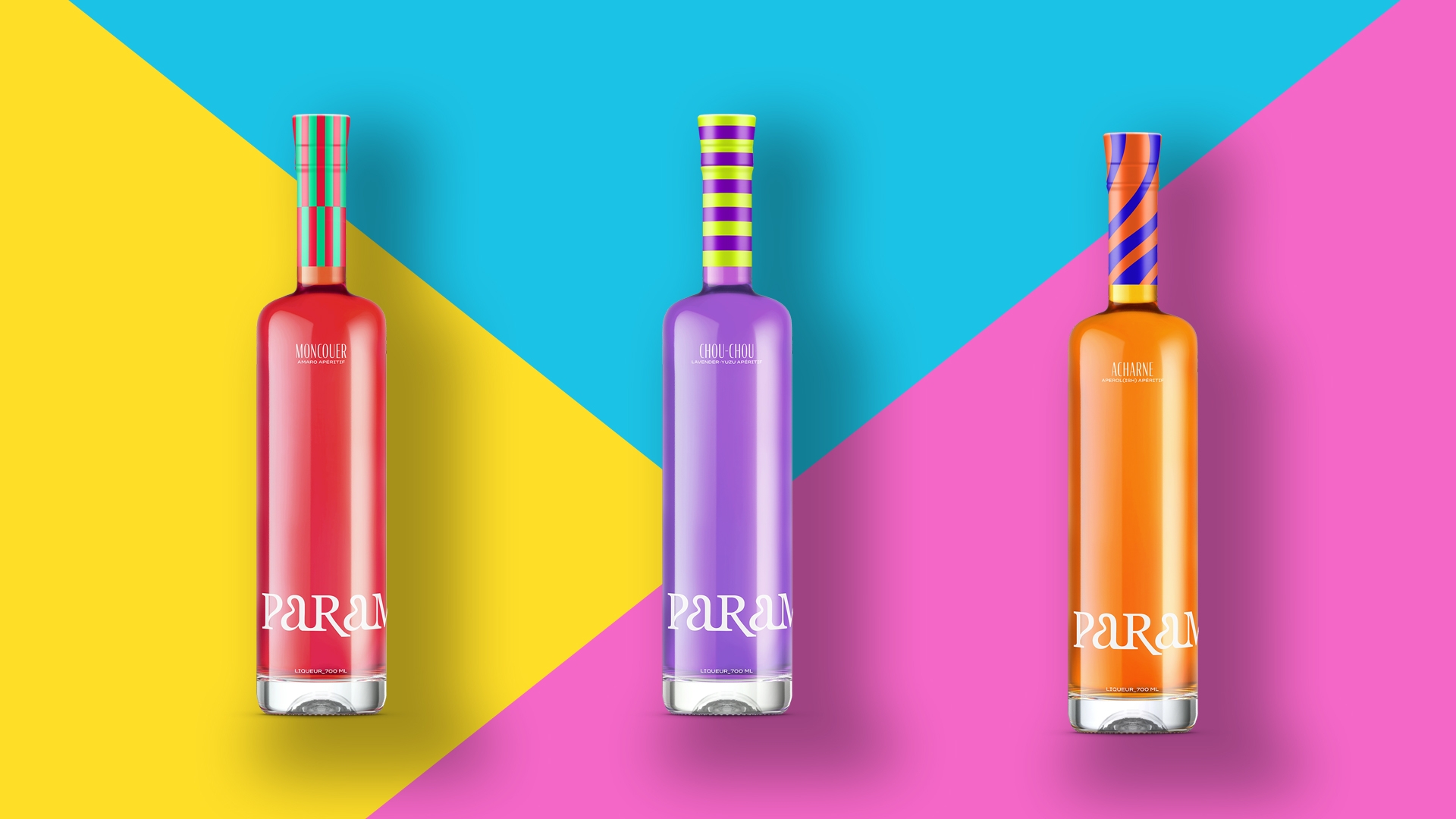In today’s global drinks market, volatility is the new constant. Tariff threats, supply-chain disruptions, and shifting consumer sensibilities have fractured the old logic of scale. As large houses—from Suntory to Diageo—grapple with changing trade policy and rising freight costs, independent producers are finding strength in agility and authenticity.
In just eighteen months, Paramour Aperitifs has sold more than 2,000 cases, securing placements across leading hospitality groups from New York to Florida. That milestone doesn’t simply mark growth; it represents traction and resilience in one of the most competitive corners of beverage alcohol. It’s a case study in how smaller, values-driven producers are not only surviving—but defining—what’s next.
The beverage-alcohol market has softened across multiple categories. In the United States, spirits volumes fell roughly three percent in early 2024, led by declines in tequila and American whiskey. Total beverage alcohol volumes were down 2.8 percent year-over-year in the first seven months of 2024, while the only segments showing growth were low-ABV and ready-to-drink formats. Globally, volume growth is projected to hover near one percent annually through 2027, with value growth slightly outpacing volume as premiumization continues to shape consumption.
Against that backdrop, any independent brand that can demonstrate velocity and repeat orders is worth paying attention to. Two thousand cases in 18 months tells a clear story: there is real demand for modern, additive-free aperitifs that meet consumers where they are. It’s also proof that bars and distributors are rebalancing their portfolios toward lighter, more transparent spirits that complement wellness-minded drinking habits rather than compete with them.
The tariff environment has only accelerated this shift. Global drinks leaders such as Suntory have begun to “produce and sell locally” to reduce exposure to import levies—particularly on bourbon and whiskey—highlighting how international logistics can directly influence cocktail menus thousands of miles away. For independent, U.S.-made brands, this presents an advantage: tariff-proof production, faster lead times, and greater control over pricing stability. When a bar or retailer chooses a domestic producer, they are effectively insulating themselves from international policy risk.
At the same time, consumers are re-evaluating their relationship with alcohol. The “no- and low-” sector continues to outpace traditional categories, growing at roughly seven percent annually and recruiting new drinkers at record rates. Younger consumers in particular are driving this moderation movement, preferring drinks that align with their health, social, and ethical priorities. The modern luxury is no longer about excess; it’s about intentionality. People want to know where their drink comes from, how it’s made, and who it supports.
Supporting independent brands, then, isn’t charity—it’s strategy. Locally crafted spirits allow operators to tell richer stories and stand out in increasingly homogenized markets. For the trade, that means better menu differentiation, reliable supply chains, and products that naturally attract word-of-mouth. “Made in California” or “Independent Aperitif” doesn’t just sound appealing on a menu; it sells.
Independence also creates operational resilience. When one ingredient supplier faced delays earlier this year, Paramour pivoted to a regional partner within weeks. When hospitality clients requested custom formats for spritz programs, the brand responded in real time. These micro-adaptations form a competitive advantage that’s nearly impossible for global conglomerates constrained by scale.
If each cocktail list is a form of editorial, then every pour is a statement. Choosing an independent brand over a legacy import signals more than taste—it reflects foresight. It acknowledges that tariffs, transparency, and cultural change are intertwined, and that the next decade of drinking will belong to brands that feel as modern as the people ordering them.
In a market defined by uncertainty, independence isn’t risky—it’s smart. Two thousand cases sold in 18 months isn’t just a milestone for Paramour; it’s a data point in a much larger story. One where agility beats inertia, where authenticity drives loyalty, and where the independent spirits movement is not a niche, but a new normal.
References
- Reuters. Global Drinks Maker Suntory Aims to Sell Local to Avoid Tariffs, President Says. April 3, 2025.
- The Spirits Business. US Spirits Volumes Fall 3% as Tequila Softens. September 2024.
- The IWSR. IWSR Navigator Data: US Beverage Alcohol Market Declines 2.8% as Recovery Awaits. August 2024.
- The IWSR. Global Beverage Alcohol Shows Subdued Growth 2022–2027, Whilst Value Outlook Is More Positive.February 2024.
- The IWSR. More Than Moderation: The Long-Term Rise of No- and Low-Alcohol. January 2024.
